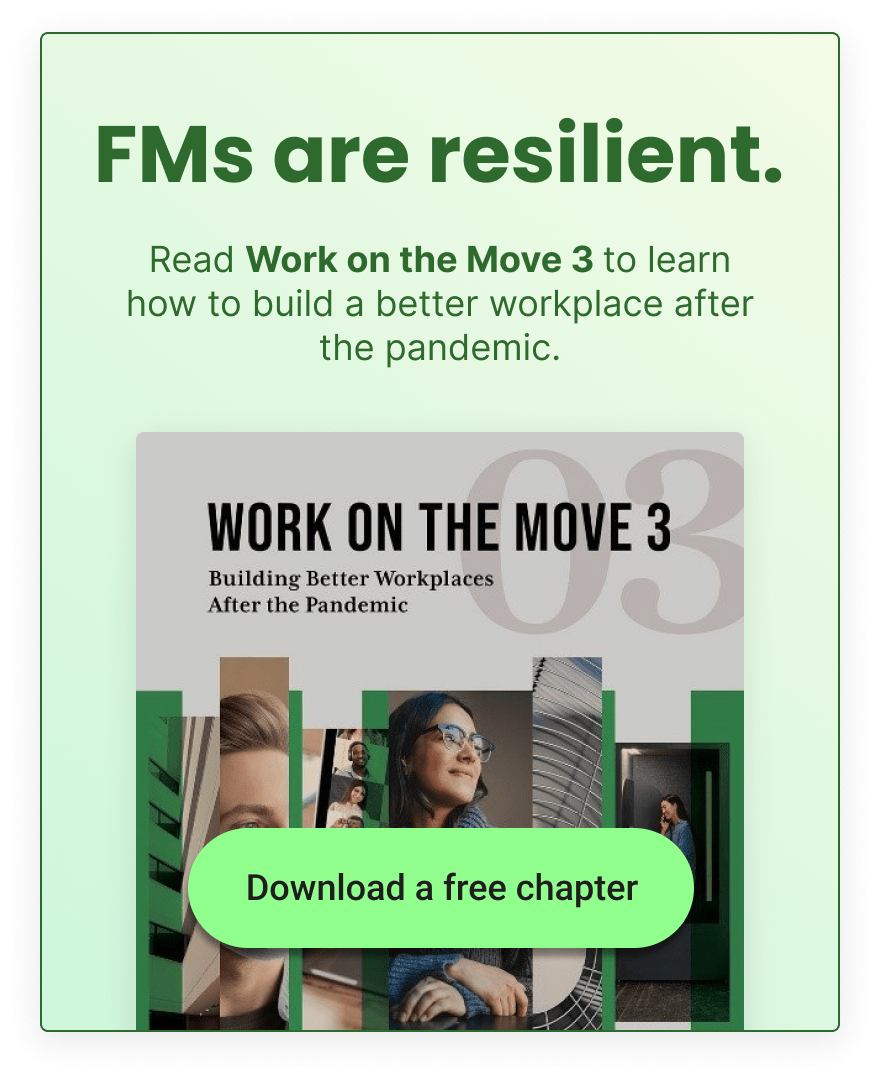Mastering Maintenance: Bridge the Gap Between Theory and Practice With Simulation Training

On-the-job training isn’t the only option anymore. As the approach to facilities maintenance evolves with technology, customer expectations, and business needs, your training needs to evolve, too. Maintenance teams need to build both knowledge and cognitive skill sets, which can’t always be done on the job. This whitepaper takes an in-depth look at learning modalities and how simulation training and the flywheel effect can help bridge the gap between theory and practice.


